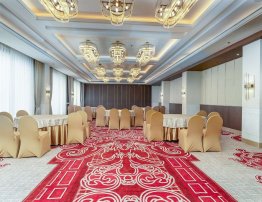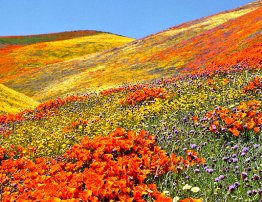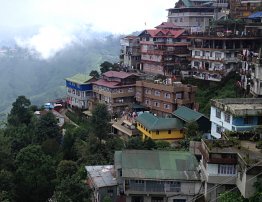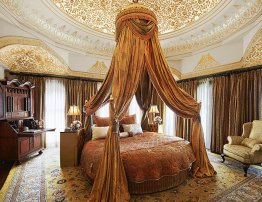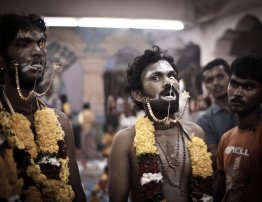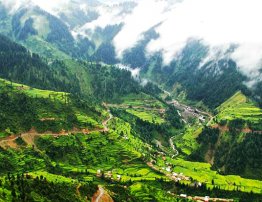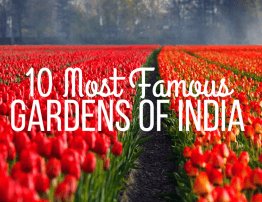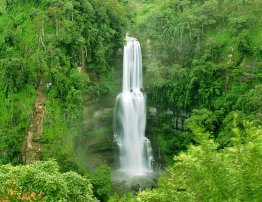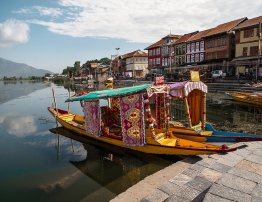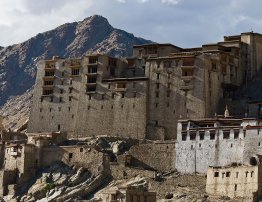Jaipur
Introduction:
Jaipur is mostly renowned for its majestic buildings, which displays unique architectural grandeur. These stunning facades of medieval India have received a global acclaim for its intricate and exquisite charm. A quaint place, Jaipur reproduces its magnificent past through its sumptuous forts, captivating palaces, littered walls, serene temples and lovely havellis. Its effervescent panorama is attributed by the charismatic lure of its outstanding gardens. The serenity and tranquility of the verdant gardens with its marvelously tended landscapes and colorful floral arcades presents a picturesque appeal, which will certainly mesmerize any visitor.

Destination Facts:
Location: Rajasthan, District Jaipur
Altitude: 431 Meters
Temperature: (summer 25 to 47°C) & (winter 4 to 30°C)
Languages spoken: Hindi, Rajasthani, English
Getting there:
Nearest Airports: Jaipur Airport is well connected with all major Airport in India via Direct And interconnecting Flight with Good frequency.
Main Railway Station: Jaipur railway station
Main Bus Station or Road: Public and Private Transport facilities are there to reach Jaipur from various cities.
Distance of a few Major Towns from Jaipur:
106 km to Alwar, 128 km to Ajmer, 169 km to Bharatpur, 196 km to Mathura, 220 km to Agra, 232 km to New Delhi.
Places of Tourist Interest:
Albert Hall (Central Museum):
A fabulous building, which displays Indo-Saracen style of architecture, Albert Hall is a prototype of the Victoria and Albert Museum in London. The museum now exhibits delicate assortment of metal ware, miniature portraits, decorative wares paintings, sculptures, an Egyptian mummy and natural history samplings among various other artifacts.
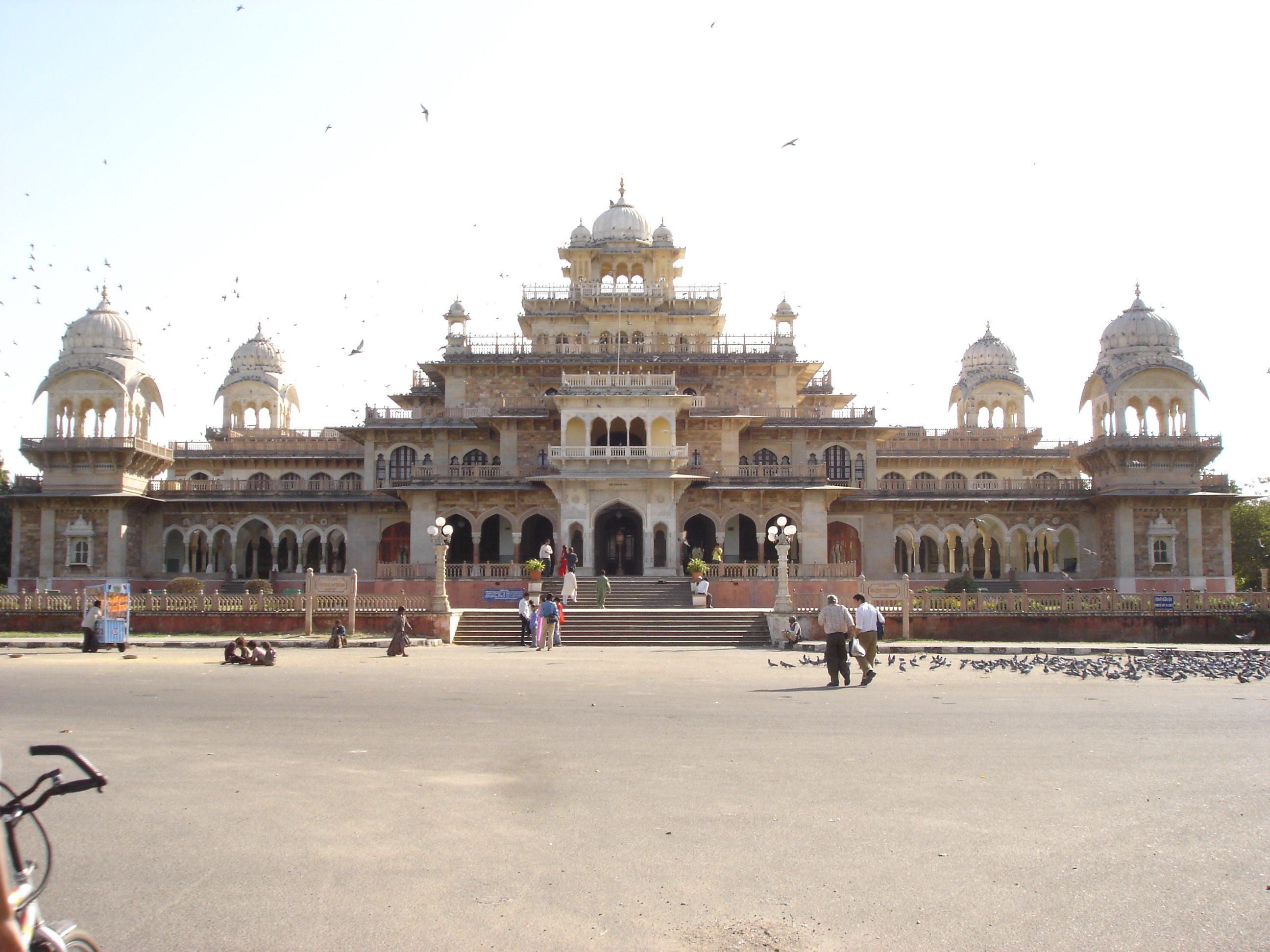
Albert Hall-Jaipur
Amber Fort:
Amber fort, also known as Amber Palace boasts of an artistic grandeur and structural expertise. It is a reminiscent of the bravery and courage of the mighty Rajput, who had played a remarkable role in the history of medieval India. This rambling Palace depicts the true lifestyle of the gutsy Rajput who are better known for their radical, audacious, volatile and decadent behavior. One among the best hill top palaces, amber palace presents a curious blend of Muslim and Hindu architectural design.
Sheesh Mahal:
As the name itself denotes, Sheesh Mahal is a hall of mirrors whose gorgeousness can not be depicted through words. Sheesh Mahal is part of the lovely Jai Mandir. What makes this place so special is its unique construction. The walls and ceilings of the hall are beautifully covered with mirrors, which would reflect any splash of beam, so that it light up the hall flagrantly.

Sheesh Mahal
Amber Palace Museum:
The museum has an amazing compilation of puppets, coins, buildings, snaps of the royal family members and rulers, processions and many other miscellany of history. The arsenal wing of the Museum holds a plethora of weapons like guns, shields, swords, muskets and a 50 kg mortar ball. All the artifacts that are put on display would fetch the visitor to the daring years of the regal administration.
Hawa Mahal:
Hawa Mahal is part and parcel of the ladies quarters and it was a gallery for the royal ladies to watch the proceedings around them. Placed beautifully in the midst of the busy Johari Bazaar, Hawa Mahal reminds the vivid history of Jaipur. Built up of red sand stones, this magical structure, which is otherwise called the palace of winds, differs from any other monuments one could see in the Pink City.
City Palace:
The palace is surrounded by a sky-scraping wall on all sides, which makes it slightly difficult to find out the main entrance of the palace. The plan of this extensive mansion is the plan of the city itself and so the palace can be accessed only after roaming through the various bazaars of the city. Numerous courtyards, extensive gardens and buildings make the palace as an imposing structure. It houses several splendid formations like Mubarak Mahal, Chandra Mahal, Shri Govind Dev Temple, Badal Mahal and the City Palace Museum.
Jaigarh Fort:
This impregnable fort of the Rajput was built purely for the defense activities. Doongar darwaza and Awani darwaza are the entry points to this mighty fortress. What makes this elegant fort so famous is its huge canon, which is believed to be the largest one of its kind in the world. Ironically this was not used only once to test its range.
Jal Mahal:
Prettily placed in the middle of a majestic lake, the Jal Mahal palace is a delight to watch. This Water Palace is a quixotic place. The unruffled water of the lake reflects the elaborate carvings make a fabulous spectacle one could ever dream of. A five-storied building, its first four floors are under the lake and only the top floor is seen above the lake.
Jantar Mantar:
Renowned for the solid geometrical statuette, this observatory house fourteen major solid and fixed geometric instruments, which are used for tracing the stars and their orbits. Besides this, Jantar Mantar observatory helps to determine the time of eclipses, find out the altitudes along with computing time.
Nahargarh Fort:
The palace exhibits an amalgamation of Indian and European architecture. The palace was so designed that each of the nine wives of the King was given a two-storied apartment. Interesting to note that the king could join any of the queens without the knowledge of others.
Akshardham Temple:
It is a fact that the rulers of this pink city were very benevolent and spiritual in their approach towards religion. One among the arty shrines of Jaipur, situated at Vaisali Nagar, Akshardham Temple provides a beguiling vision to the devotees. Apart from the brilliant carvings and architectural grandeur, this temple commands a fabulous view of the lush surroundings. Dedicated to Lord Narayana, this temple creates a devout feeling in all those who visit its holy premises.
Lakshmi Narayan Temple (Birla Mandir ):
Built in with glittering white marble, this temple presents an enthralling look. The chief deity in the temple gives an ethereal appeal since it is made up of a single piece of marble. The temple premises hold images of many other deities and among them the image of Lord Ganesh looks quite significant. With its fine artistic works and structural grandeur Birla Mandir presents as a stunning formation of modern time.
Getting around the destination:
The best way of transportation is Rickshaw, Private and Public Bus.
Shopping Areas & Entertainment:
Famous shopping items beautiful gems, semi-precious stones, marble statues, wood and ivory carvings, traditional Rajasthani puppets, lacquer bangles and leather footwear, specially the embroidered 'jootis' and 'mojris'.
Best time to visit:
October to March is the best time to visit the destination.
Festival:
Famous Festival of Elephants in March.Gangaur Festival is an 18-day period of festivities in March/April.Teej Fair, held in July/August
 Use Coupon code
Use Coupon code


